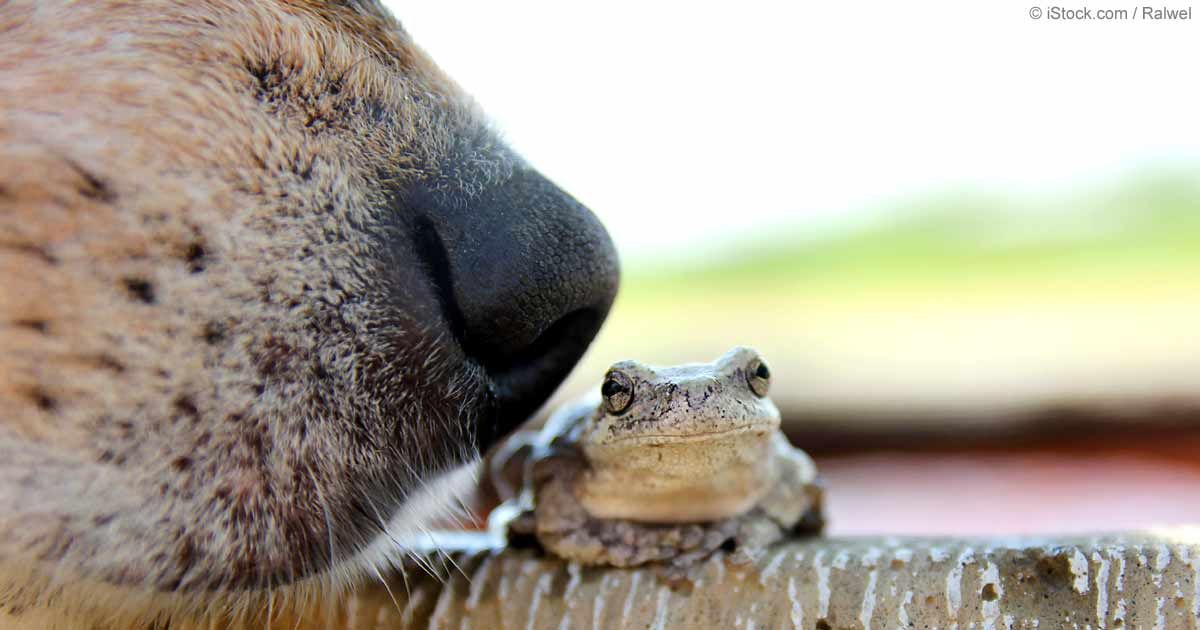In a fairy-tale, everything is on the line. Good is pitted against evil, the human heart is challenged by true love, and reality is replaced with happy endings. We have been writing them and reprinting them for centuries, and retelling them orally for even longer. The tales are as old as time, and we know each by heart, but what does our fascination with the fantasy world tell us about ourselves?
Eugene O’Neill writes, “Obsessed by a fairy-tale, we spend our lives searching for a magic door and a lost kingdom of peace.” He is describing what I call the grass is always greener syndrome. Everyone wants what they can’t have. The Little Mermaid wants to be human and the ugly stepsisters want Cinderella’s the prince. Both parties have their wishes granted—partially. Ariel trades her soul for legs, and the ugly sisters have multiple encounters with the prince.
In the original fairy-tales, their wishes backfire on them. The Little Mermaid, failing to fulfill her promise to the Sea Witch, dissolves into sea foam, and the stepsisters lob off sections of their feet with a knife in attempt to fit into Cinderella’s slipper. In each story, the characters are met with painful ends. Protagonist or antagonist, the original fairy-tales spare none.
It makes you wonder: Why have these endings changed? Yes, the obvious answer is that we don’t want our children going to sleep with visions of bloody-stepsister feet in their heads, but the answer goes deeper than that. The fairy-tales that originated in the minds of the Grimm Brothers and Hans Christen Anderson were written around 200 years ago. Our perception of life has changed since then. We no longer live in a world plagued by death and disease, but in one of science and Disney.
Thinking of the world progressing on a timeline of color is an interesting way to imagine our society’s vast development. In the beginning, we were hunter-gatherers and then we developed civilizations that were tormented by instability and war. After that, you have the Middle Ages, which were desolate due to the limited social mobility of feudalism and the Bubonic Plague. Picture that chapter of the human story as black and white. Since then, we have slowly but surely been adding color.
The Grimm Brothers and Hans Christen Anderson lived in a world containing half of the color spectrum. They still dealt with disease and phenomena that still had yet to be explained. So, to a child of their century, the fate of the Little Mermaid would not be as shocking as it would be to a child of our century.
We are living in a fairly colorful era. Sure, you can always add more color, but at least we have access to hand sanitizer and have an understanding of germ theory. Children of our Technicolor world don’t need to grow up becoming accustomed to the dark elements of life; instead, they have the luxury of singing along to the newest Disney movie.
But, no matter what ending you grew up knowing, at the end of the day, you grew up loving the magic of fairy-tales. You loved believing that there was a realm in which dreams did come true. At the core, fairy-tales remind us that we live in a complex world. And although our world isn’t peppered with fairy godmothers and genies it does have some things going for it, like laughter and love. In the Disney movie The Princess and the Frog, Tiana’s dad reminds her, “…that old star can only take you part of the way. You got to help it along with some of hard work of your own.” I think he’s right. Perhaps the stepsisters and the Little Mermaid would have met different fates had they worked a little harder, persevered a little longer. Take their mistakes as lessons, live in the moment, and work hard. Then, magic or not, maybe, just maybe, your dreams will come true.




















 sunrise
StableDiffusion
sunrise
StableDiffusion
 bonfire friends
StableDiffusion
bonfire friends
StableDiffusion
 sadness
StableDiffusion
sadness
StableDiffusion

 purple skies
StableDiffusion
purple skies
StableDiffusion

 true love
StableDiffusion
true love
StableDiffusion
 My Cheerleader
StableDiffusion
My Cheerleader
StableDiffusion
 womans transformation to happiness and love
StableDiffusion
womans transformation to happiness and love
StableDiffusion
 future life together of adventures
StableDiffusion
future life together of adventures
StableDiffusion





















